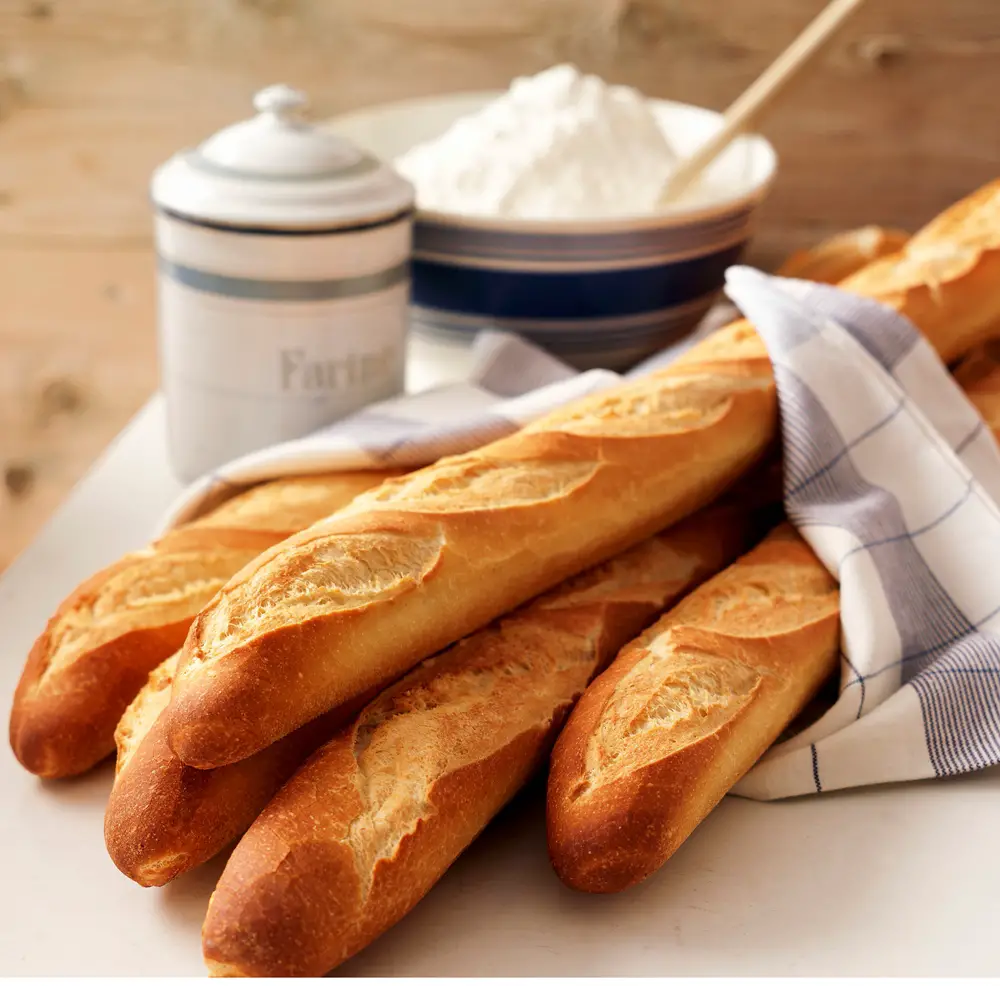 Today wasn’t the first time I’ve done it… bought a fresh baguette, still warm from the local boulangerie, cut a bit off ‘just to try it’, smeared it well with butter and, half-an-hour later, looked at the pile of crumbs on the worktop where the baguette used to be. There’s something about genuine French baguettes that brings out the food devil in me.
Today wasn’t the first time I’ve done it… bought a fresh baguette, still warm from the local boulangerie, cut a bit off ‘just to try it’, smeared it well with butter and, half-an-hour later, looked at the pile of crumbs on the worktop where the baguette used to be. There’s something about genuine French baguettes that brings out the food devil in me.
If I asked you to name the five most iconic foods of France, I could virtually guarantee you’d include the humble baguette. They’re one of the most instantly recognisable foods around the world, and usually the best part of any trip to France. They’re also so dangerously tasty that you might like to do what I do and buy an extra one, since you’re probably going to eat one on the walk home from the boulangerie!
It might surprise you to know that, until just a few years ago, boulangers in Paris had to stagger their summer vacations. The idea of all of the bakeries closing at the same time is the stuff of nightmares to your average French citizen. So, the law stated that each year, half the bakers could go on vacation in July, and the other half in August. French people take their bread VERY seriously, and the baguette is the king of the baker’s jungle.
The baguette’s shape comes from a one hundred-year-old law to reduce working hours. To help keep boulangers from overworking (as if they would, in France!), in 1920 the government passed a law forbidding them from starting their shifts before 4am, or from working past 10pm at night.
But dough takes time to rise, and bread takes time to bake, so if you’re only allowed to start your day at 4am, what do you do? You create the baguette! The long, thin shape of the loaf exposes as much of the dough to heat as possible, meaning it bakes faster. This way, your bakery can pump out the same number of loaves in less time. Now that is French ingenuity at its finest.
There are even strict laws about the length and weight of a baguette! If it’s not 55cm-65cm long and doesn’t weight 250g-300g it’s doesn’t qualify to be called a baguette. Also, the boulangers are only allowed to use four ingredients – flour, yeast, salt, and water. Naturally, they can vary the quantities of each, and they can use different flours to achieve different tastes. And if they are claiming to be an ‘artesanal bakery’ they must sell their baguettes in the same place where they bake them.
France is even trying to get the baguette recognised by UNESCO as part of their cultural heritage. The French people love bread, dammit. In fact, one of my early memories after I moved to France to be with Marie-Danielle, was of getting up on a Sunday morning and going to a boulangerie in the small village where we were staying. Imagine my surprise when I saw a long queue outside the shop. It was as though the whole village had turned out to buy bread.
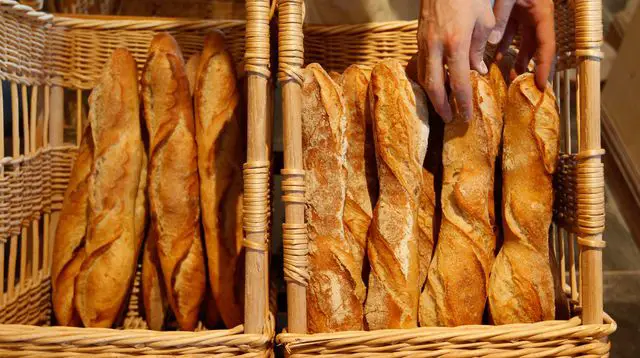 In 1900, the average French person ate more than three baguettes every day. By 1970, that number had fallen to just one baguette per day. And these days, people eat just half a baguette on a daily basis. Now, half a loaf of bread every day might still seem like a lot of white bread to consume. But for the French of the early 20th century, that would be heresy!
In 1900, the average French person ate more than three baguettes every day. By 1970, that number had fallen to just one baguette per day. And these days, people eat just half a baguette on a daily basis. Now, half a loaf of bread every day might still seem like a lot of white bread to consume. But for the French of the early 20th century, that would be heresy!
The baguette is probably safe from ever dying out, though. It’s one of the most loved and easily recognisable breads from around the world, and still at the top of every traveller’s bucket list when they go to France! Just one small tip; ask for ‘une baguette tradition’, or simply ‘une tradition’ and you’ll get a nice country baguette, full of taste.
 Jasmine Guichard didn’t want Father Barbier touching her. She’s a plucky eight-year-old and she makes a run for it, but finds herself deep under the streets of Paris and lost in a maze of dark tunnels. But for a chance glimpse of her whilst visiting the catacombs, Harry and Tristan would have been none the wiser. Yet what can they do about it? They are eventually helped in their efforts by a young nun who is not at all what she seems. There’s more going on behind the closed doors of the Daughters of Charity of Saint Isabelle of France than meets the eye – a lot more.
Jasmine Guichard didn’t want Father Barbier touching her. She’s a plucky eight-year-old and she makes a run for it, but finds herself deep under the streets of Paris and lost in a maze of dark tunnels. But for a chance glimpse of her whilst visiting the catacombs, Harry and Tristan would have been none the wiser. Yet what can they do about it? They are eventually helped in their efforts by a young nun who is not at all what she seems. There’s more going on behind the closed doors of the Daughters of Charity of Saint Isabelle of France than meets the eye – a lot more. In Cenotaph for the Living, Tristan disappears on his 20th birthday. His family receive a ransom note demanding one million euros. The trouble is, they can’t report it to the police because it’s the police who sent the ransom note. Matters go from bad to worse until an old friend of Ken’s arrives on the scene. He’s been brought in to track down the corruption in the police and gendarme services. But it’s two against dozens. How is that going to pan out? Meanwhile Camille Laurent finds herself talking to a ghost who doesn’t know who he is.
In Cenotaph for the Living, Tristan disappears on his 20th birthday. His family receive a ransom note demanding one million euros. The trouble is, they can’t report it to the police because it’s the police who sent the ransom note. Matters go from bad to worse until an old friend of Ken’s arrives on the scene. He’s been brought in to track down the corruption in the police and gendarme services. But it’s two against dozens. How is that going to pan out? Meanwhile Camille Laurent finds herself talking to a ghost who doesn’t know who he is. Web of Tangled Blood stretches the nerves as Florence and Ken rekindle old feelings and old desires while they search for their lost son. But there is more than one elephant in the room as they struggle to understand their past. Meanwhile, Florence’s brother is making life as difficult as he can and it is only by bringing Harry (Harriet) Lewis over from her home on the Isle of Man that Florence and Ken can begin to make sense of the mutitude of problems that beset them. But Harry has her own issues to deal with.
Web of Tangled Blood stretches the nerves as Florence and Ken rekindle old feelings and old desires while they search for their lost son. But there is more than one elephant in the room as they struggle to understand their past. Meanwhile, Florence’s brother is making life as difficult as he can and it is only by bringing Harry (Harriet) Lewis over from her home on the Isle of Man that Florence and Ken can begin to make sense of the mutitude of problems that beset them. But Harry has her own issues to deal with.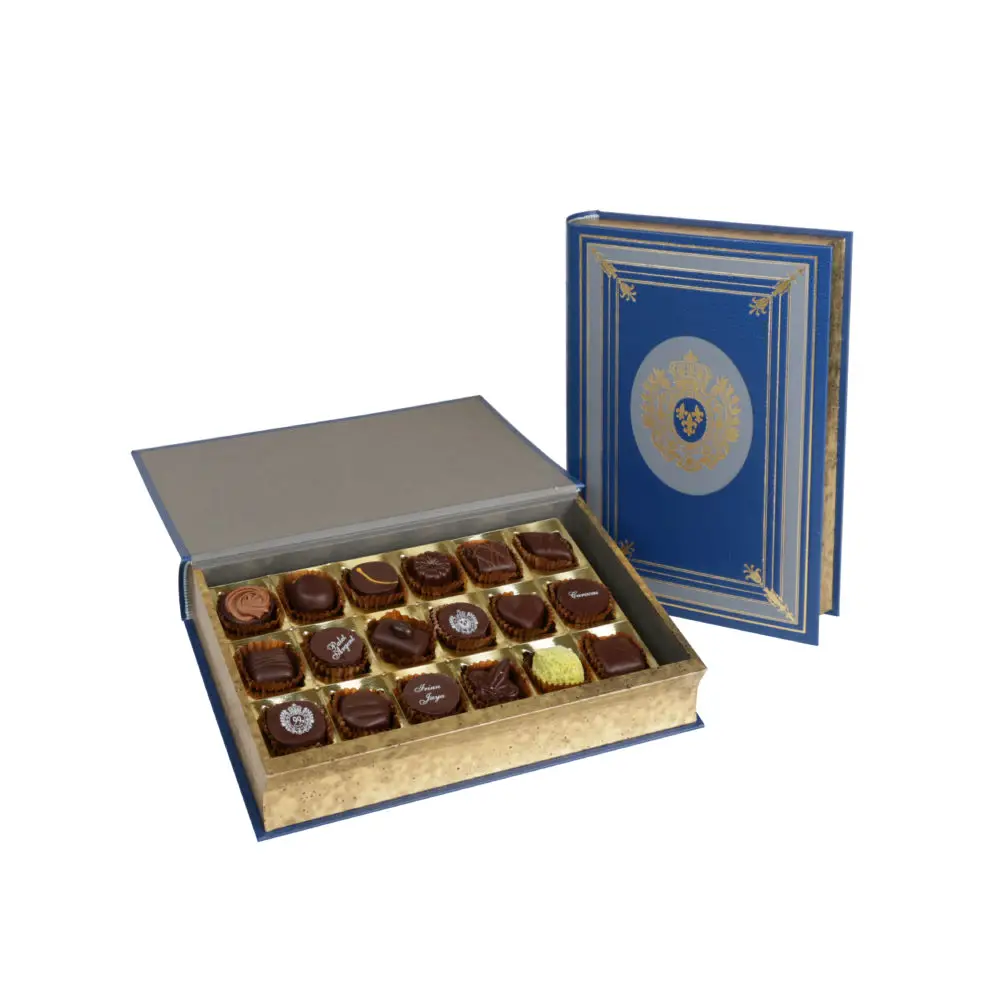 If you are in Paris looking for quality chocolates, there are two places I can highly recommend. The first is
If you are in Paris looking for quality chocolates, there are two places I can highly recommend. The first is 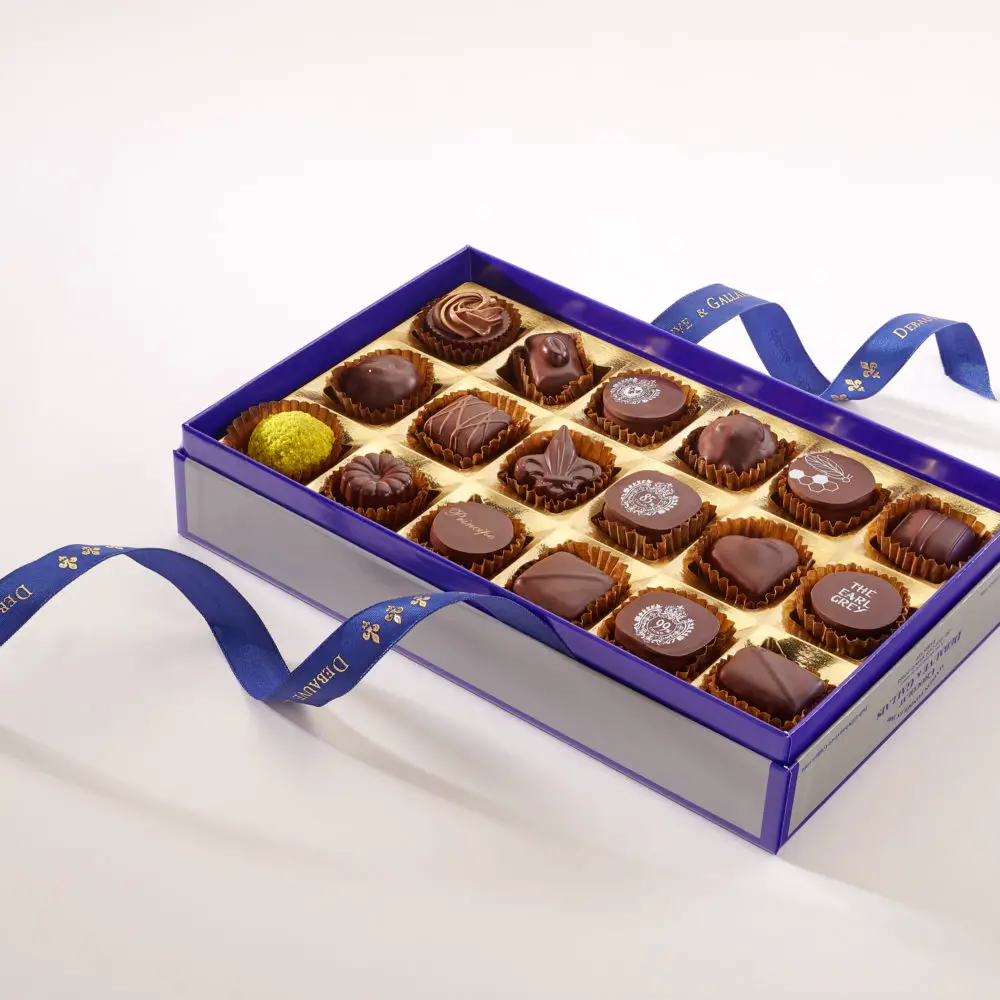 As a pharmacist, Sulpice Debauve perfected the first individual chocolates in which he blended a headache remedy with cocoa butter. Marie-Antoinette fell in love with these chocolate drops, which she dubbed “The Queen’s Coins”
As a pharmacist, Sulpice Debauve perfected the first individual chocolates in which he blended a headache remedy with cocoa butter. Marie-Antoinette fell in love with these chocolate drops, which she dubbed “The Queen’s Coins”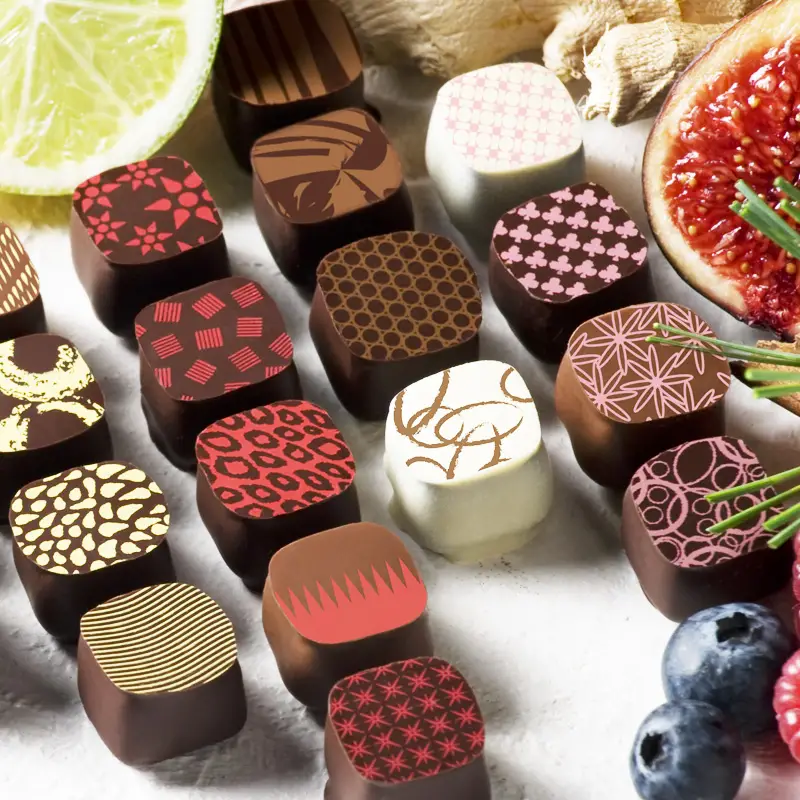 Being a poor blogger, I prefer to go onto Boulevard Saint-Germain, just round the corner from Debauve & Gallais and enter the small, but delightful, shop of
Being a poor blogger, I prefer to go onto Boulevard Saint-Germain, just round the corner from Debauve & Gallais and enter the small, but delightful, shop of 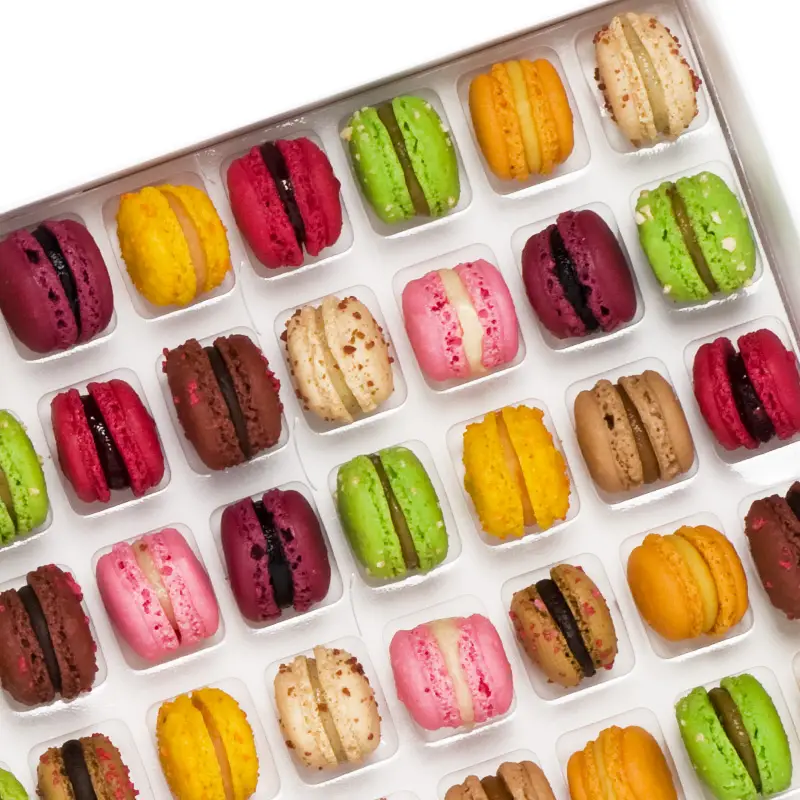 Their story began in 1925, in the family workshop of the Croix-Rousse in Lyon. Very early, Joseph and Renée Richart understood the influence of all our senses and particularly that of smell in the pleasure of tasting. They devoted themselves to making an artisanal chocolate with intense and often complex aromatic notes. Two generations and nearly a century later, they continue from father to son this tradition of chocolatier-arômier. Their macarons and mini-macarons are heaven on earth.
Their story began in 1925, in the family workshop of the Croix-Rousse in Lyon. Very early, Joseph and Renée Richart understood the influence of all our senses and particularly that of smell in the pleasure of tasting. They devoted themselves to making an artisanal chocolate with intense and often complex aromatic notes. Two generations and nearly a century later, they continue from father to son this tradition of chocolatier-arômier. Their macarons and mini-macarons are heaven on earth.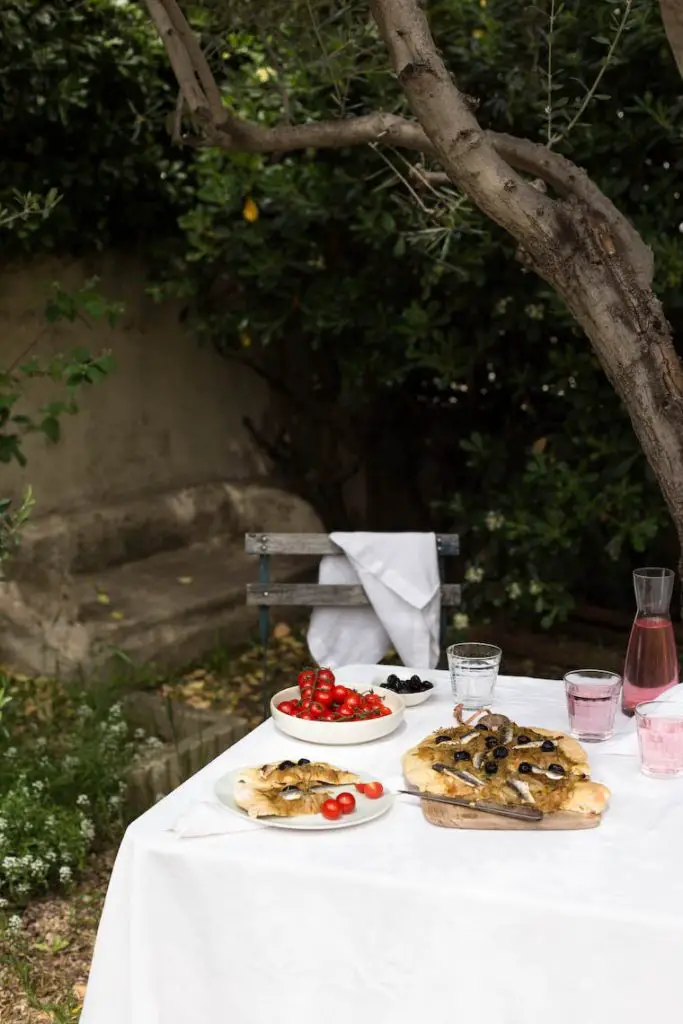 One of the things I love about spending so much time in France is the easy-going outdoor life that summer brings. Having just come back from spending almost four months on the Isle of Man, it’s lovely to make the best of the end of summer with light meals on the terrace.
One of the things I love about spending so much time in France is the easy-going outdoor life that summer brings. Having just come back from spending almost four months on the Isle of Man, it’s lovely to make the best of the end of summer with light meals on the terrace.

 Yet, one of my favourites has nothing to do with duck, and more to do with cheese. It’s
Yet, one of my favourites has nothing to do with duck, and more to do with cheese. It’s 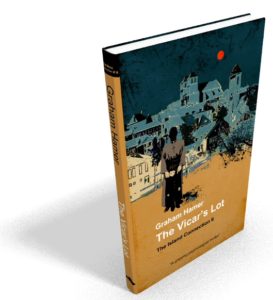 Sarah gets a new police partner called Penny, and her initial reaction is not good since the new girl has the same name as her former partner and friend who was killed by jihadists six years previously. However, Penny proves to be a good match for Sarah as they are sent on a hunt for the truth into The Dordogne region of France. Meanwhile, Hjalmar’s past has caught up with him again in the form of The Vicar. But now, Hjalmar’s using his computer skills to track a group of influential paedophiles, and deals are made so that the past can be forgotten. When he sees Penny, he loses more than just a few fingers – he loses his heart. Will it end in happiness, or will it end in tears?
Sarah gets a new police partner called Penny, and her initial reaction is not good since the new girl has the same name as her former partner and friend who was killed by jihadists six years previously. However, Penny proves to be a good match for Sarah as they are sent on a hunt for the truth into The Dordogne region of France. Meanwhile, Hjalmar’s past has caught up with him again in the form of The Vicar. But now, Hjalmar’s using his computer skills to track a group of influential paedophiles, and deals are made so that the past can be forgotten. When he sees Penny, he loses more than just a few fingers – he loses his heart. Will it end in happiness, or will it end in tears?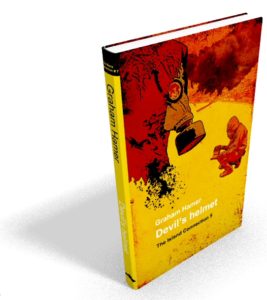 A disgruntled army Colonel threatens the island with the most toxic chemical agent ever synthesized. But worse is yet to come as an even more dangerous threat becomes apparent. The Devil’s Helmet is the code name for a toxin that is so lethal it could wipe out the whole population of the Isle of Man. And the man who is going to release it is never what he seems. Meanwhile Rolien is trying to find Hjalmar. But she’s not the only one as Hjalmar’s past threatens to catch up with him.
A disgruntled army Colonel threatens the island with the most toxic chemical agent ever synthesized. But worse is yet to come as an even more dangerous threat becomes apparent. The Devil’s Helmet is the code name for a toxin that is so lethal it could wipe out the whole population of the Isle of Man. And the man who is going to release it is never what he seems. Meanwhile Rolien is trying to find Hjalmar. But she’s not the only one as Hjalmar’s past threatens to catch up with him.